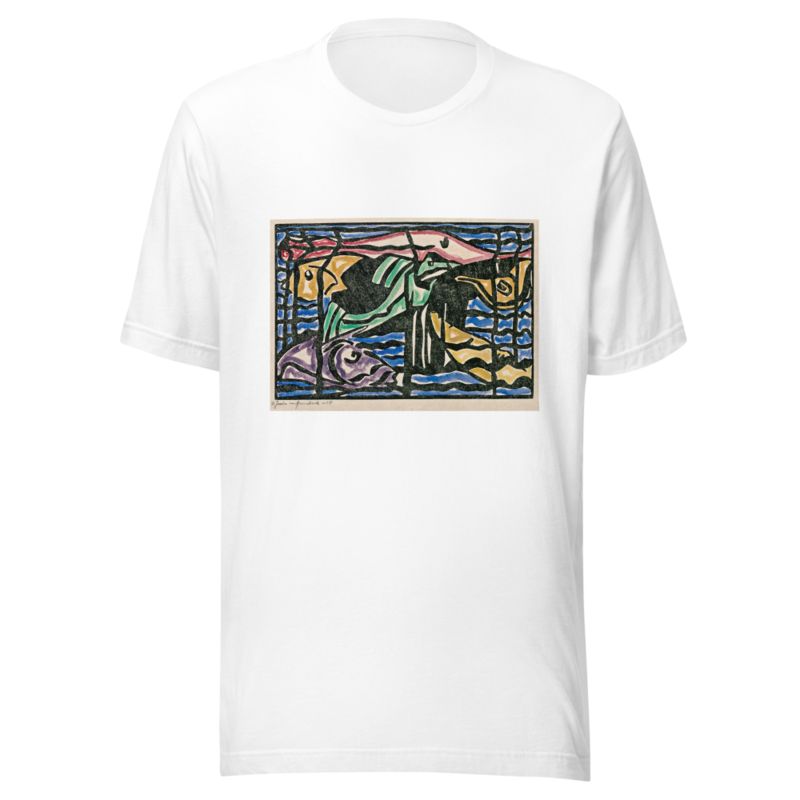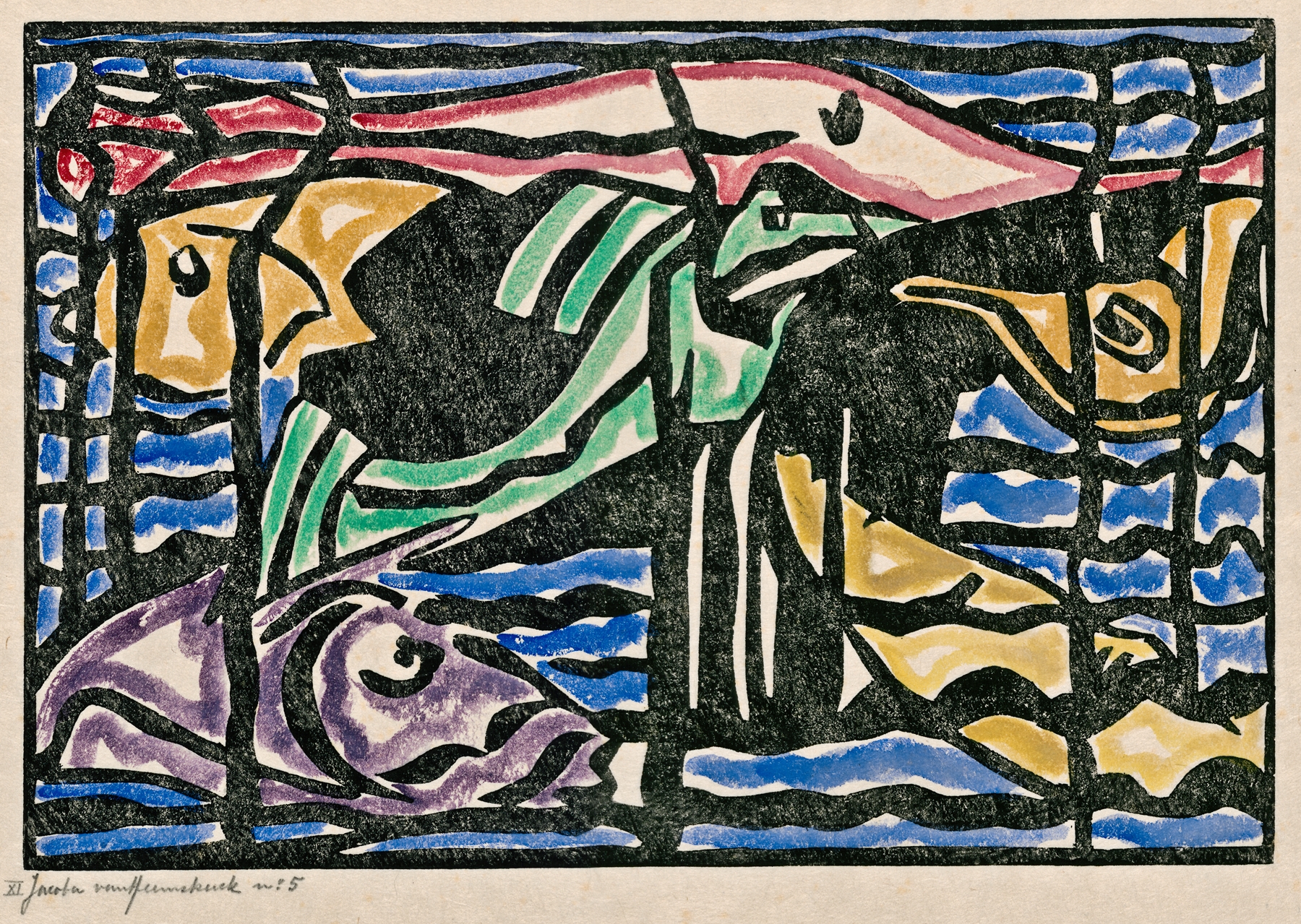Description
Compositie XI by Jacoba van Heemskerck printed on a T-Shirt
About the T-Shirt
Regular fit
Standard length, the fabric easily gives into movement
Casual wear
A classic, everyday option loved by our customers
Side-seamed
Constructed by sewing two parts together, creating a fitted look
The Unisex Staple T-Shirt feels soft and light with just the right amount of stretch. It’s comfortable and flattering for all. We can’t compliment this shirt enough–it’s one of our crowd favorites, and it’s sure to be your next favorite too!
- Solid colors are 100% Airlume combed and ring-spun cotton
- Ash color is 99% combed and ring-spun cotton, 1% polyester
- Heather colors are 52% combed and ring-spun cotton, 48% polyester
- Athletic and Black Heather are 90% combed and ring-spun cotton, 10% polyester
- Heather Prism colors are 99% combed and ring-spun cotton, 1% polyester
- Fabric weight: 4.2 oz./yd.² (142 g/m²)
- Pre-shrunk fabric
- 30 singles
- Side-seamed construction
- Tear-away label
- Shoulder-to-shoulder taping
- Blank product sourced from Nicaragua, Mexico, Honduras, or the US
Jacoba van Heemskerck (1876 – 1923)
Jonkvrouw Jacoba Berendina van Heemskerck van Beest was a Dutch painter, stained glass designer and graphic artist who worked in several modern genres. She specialized in landscapes and still-lifes.
Her father, Jacob Eduard van Heemskerck van Beest, was an officer in the Royal Netherlands Navy who also painted seascapes and landscapes. Her first art lessons came from him. She later took private lessons from two local artists before attending classes at the Royal Academy of Art from 1897 to 1901, where she studied with Ferdinand Hart Nibbrig.
Her first contact with Modern art came in Paris, where she took lessons from Eugène Carrière. She remained in France until 1904, then went to live with her sister, Lucie, and was introduced to the art collector, Marie Tak van Poortvliet, who became her lifelong friend and later built a studio for her in the garden of her home. After 1906, she spent her Summers in Domburg, where she came into contact with avant-garde painters such as Piet Mondriaan and Jan Toorop, who offered her advice. Around 1911, she was briefly interested in Cubism.
Shortly after, she became involved in Anthroposophy, possibly through the influence of her former teacher, Nibbrig, who was a Theosophist. She then became an avid follower of Der Sturm, an avant-garde art magazine founded by Herwarth Walden, and turned increasingly to Abstraction. In 1913, she attended the “Erster Deutscher Herbstsalon [de]” in Berlin, where she met Walden and started what would be a lifelong correspondence. Thanks to his efforts, her work was popular in Germany, while it remained somewhat ignored in her home country.
After 1916, she developed an interest in stained glass windows, designing them for the naval barracks and the Municipal Health Department building in Amsterdam, as well as private residences. From 1922, she lived in Domburg with her old friend and patron, Tak van Poortvliet.
She died suddenly, from an attack of angina.






Reviews
There are no reviews yet.